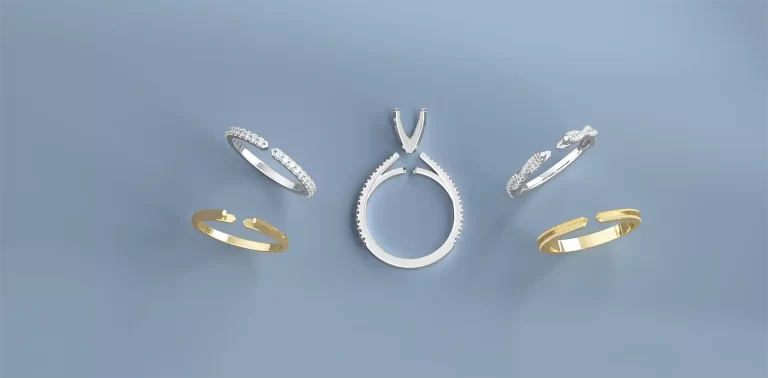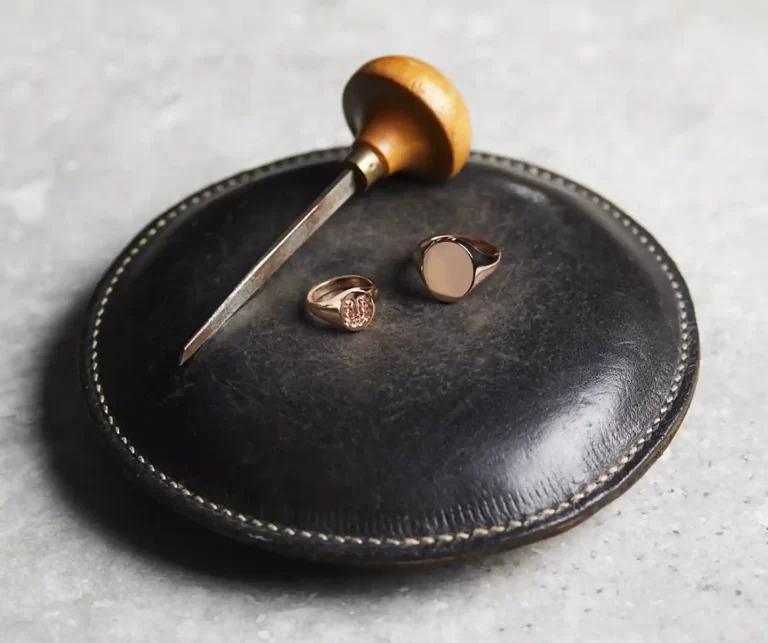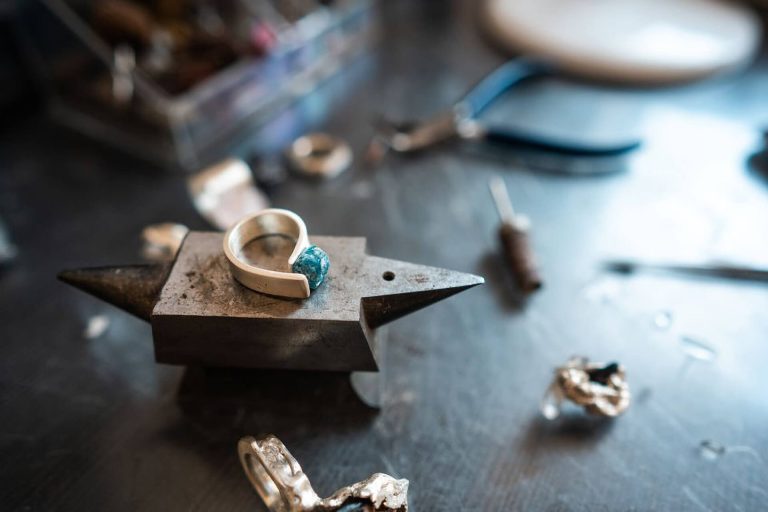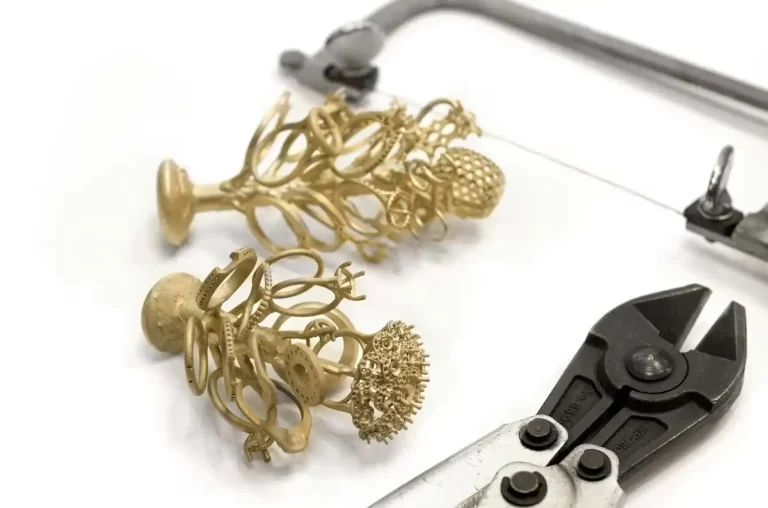Know your Worst Enemies: Fake Jewelry sellers
In fashion, jewelry is often considered the perfect accessory to complement any outfit. Whether it’s a subtle necklace or a statement ring, jewelry can help to elevate your look and express your personal style. However, with the rise of fake jewelry sellers, knowing your worst enemies and protecting yourself from being scammed has become increasingly important.
Caveat emptor is a Latin phrase that means “let the buyer beware.”
Fake jewelry sellers are individuals or companies that produce and sell counterfeit jewelry. These products are designed to look like authentic jewelry but are made from cheap materials such as plastic, glass, or low-quality metals. These sellers often prey on unsuspecting buyers looking for a good deal or unfamiliar with the quality of genuine jewelry.
- Fake jewelry sellers produce and sell phony jewelry designed to look like authentic jewelry but made from cheap materials, such as plastic, glass, or low-quality metals.
- Purchasing fake jewelry can have dire consequences, including wasting money on a product that is not worth the price and running the risk of damaging your skin. Fake jewelry can contain harmful chemicals and metals like lead, cadmium, and nickel.
- To avoid falling victim to fake jewelry sellers, it’s essential to identify genuine jewelry by looking for hallmarking, examining the quality of the gemstones used, and researching the seller before making a purchase.
- Genuine jewelry will have a hallmark that indicates the metal purity and the maker’s mark, real gemstones will have imperfections and variations in color and clarity, and a reputable seller will have transparent and detailed product descriptions, ratings, and reviews from previous buyers, and a return policy.
The consequences of purchasing fake jewelry can be dire. Not only do buyers end up wasting their money on a product that is not worth the price, but they also risk damaging their skin. Fake jewelry can contain harmful chemicals and metals such as lead, cadmium, and nickel, which can cause allergic reactions, skin irritation, and even long-term health problems.



Knowing how to identify genuine jewelry is essential to avoid falling victim to fake jewelry sellers. One of the easiest ways to do this is to look for hallmarking, which is a process that verifies the authenticity and quality of precious metals such as gold, silver, and platinum. A genuine piece of jewelry will have a hallmark that indicates the metal’s purity and the maker’s mark.
Another way to identify genuine jewelry is to examine the quality of the gemstones used. Real gemstones are natural and will have imperfections and variations in color and clarity. In contrast, fake gemstones are often too perfect and lack these natural imperfections.
The phrase “caveat emptor,” which is Latin for “let the buyer beware,” has been used for centuries to emphasize the principle that buyers are responsible for the quality and suitability of the goods or services they purchase. The phrase is often attributed to the Roman jurist and scholar, Marcus Tullius Cicero, who lived from 106 BC to 43 BC. However, it is difficult to trace the origin of the exact phrase “caveat emptor” to any particular individual or time period, as it has been a commonly recognized principle in many cultures throughout history.
John Doe
Furthermore, it’s important to research the seller before making a purchase. Look for reviews and ratings from previous buyers and check if the seller has a return policy. A reputable seller will have transparent and detailed product descriptions and will be willing to answer any questions you may have about the product.
In conclusion, fake jewelry sellers are a real threat to buyers looking for high-quality jewelry. To avoid falling victim to these scammers, it’s essential to identify genuine jewelry and research the seller before purchasing. Remember, if a deal seems too good to be true, it probably is. Stay vigilant and protect yourself from your worst enemies: fake jewelry sellers.
Creative approach to every project
- Mix Metals and Color
- Use different Colored Gemstones!
- What inspires you?
Experiment with new materials: Instead of sticking to traditional materials like gold and silver, try experimenting with new materials like wood, leather, or 3D printing. This can give your designs a unique edge and make them stand out from other jewelry pieces.
Incorporate unexpected elements: Consider incorporating unforeseen aspects into your designs, such as unexpected pops of color or asymmetrical shapes. This can add a playful or edgy twist to your pieces, making them more eye-catching and memorable.
Use personal inspiration: Instead of designing for a general audience, use personal inspiration to guide your designs. This could mean drawing from your experiences or interests to create unique pieces that resonate with you. This personal touch can help your articles stand out and connect with customers who share similar interests or experiences.









